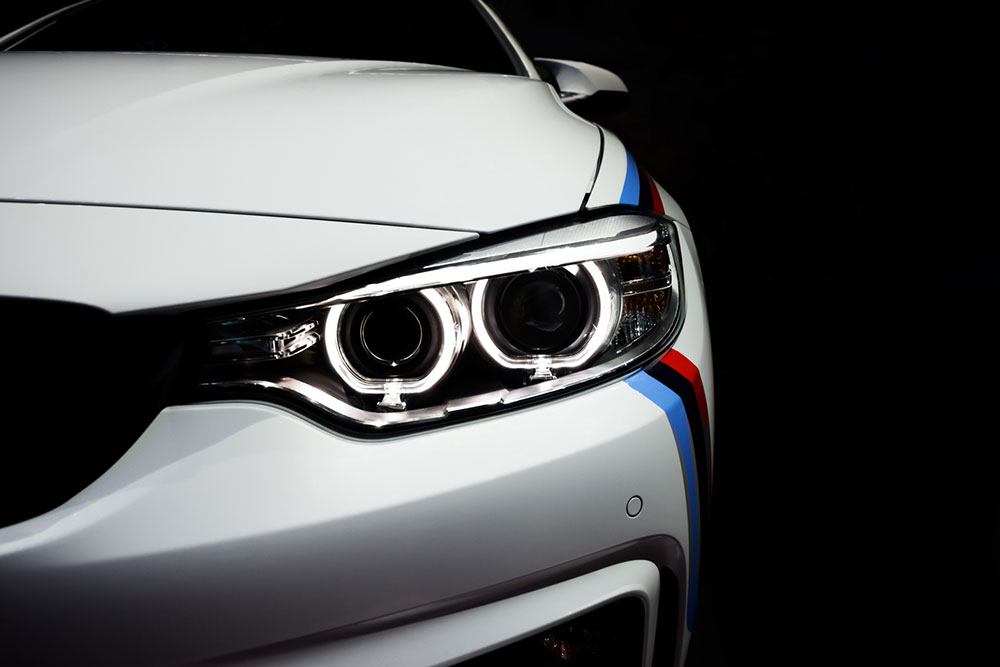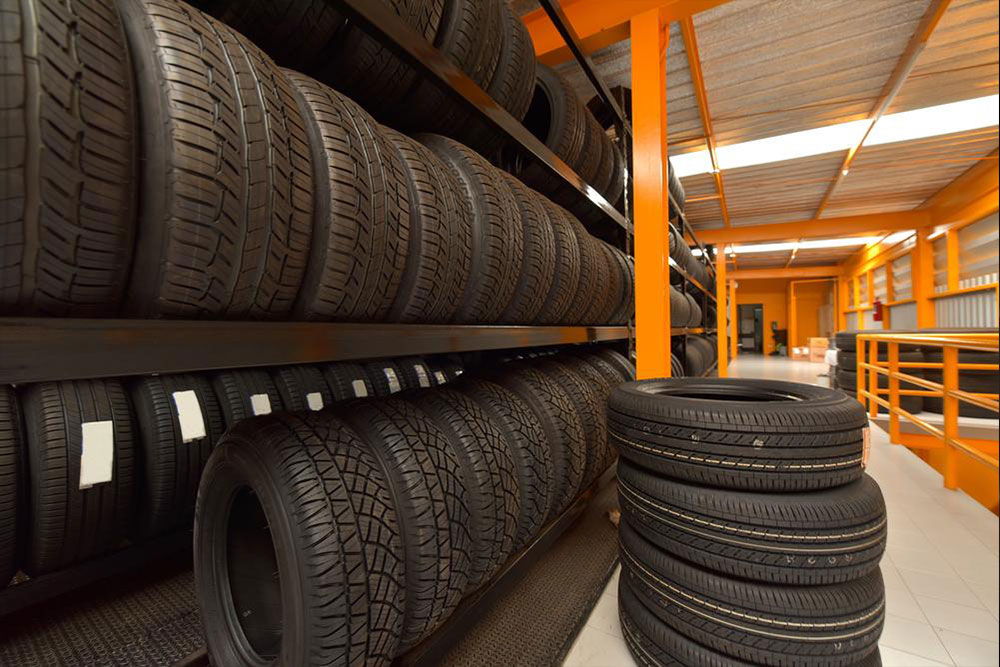Comprehensive Guide to Choosing the Best Agricultural Tractor Tires for Your Farming Needs
Choosing the right tractor tires is crucial for efficient farming. This comprehensive guide details essential factors such as tire types, specifications, and maintenance tips to help farmers select the best tires for their specific needs. From terrain considerations to tire durability and safety, discover how to improve farm productivity and safety with informed decisions on tractor tire selection.

Comprehensive Guide to Choosing the Best Agricultural Tractor Tires for Your Farming Needs
Selecting the perfect tractor tires is a crucial step in ensuring your farming operations run smoothly and efficiently. The right tires can significantly enhance productivity, safety, and overall farm management. With a vast array of options available, understanding the key factors that influence tire performance and durability is essential for making an informed decision. This comprehensive guide will walk you through the essential considerations, from tire types and specifications to terrain suitability and maintenance tips, enabling you to choose the ideal tires tailored to your farming activities and conditions.
Why the right tractor tires are vital for agricultural success
Tractor tires are not merely components of farm equipment—they are vital for achieving optimal traction, minimizing soil compaction, and ensuring safety during operations. Properly selected tires can improve fuel efficiency, reduce operational costs, and extend equipment lifespan. Conversely, incompatible or low-quality tires can lead to increased downtime, costly replacements, and compromised safety. Therefore, investing time in understanding the different tire options is a prudent step toward maximizing your agricultural productivity.
Understanding your farm needs before choosing tractor tires
Before selecting tires, evaluate your farm's specific requirements. Consider the types of terrain, typical load sizes, and the nature of your duties—whether plowing, hauling, planting, or transport. For instance, muddy fields demand tires with large, deep treads for better grip, while hard-packed roads benefit from smaller tread patterns that reduce wear and provide smoother rides. Take note of your tractor’s weight and horsepower, as these influence tire selection for safety and efficiency.
Key factors in choosing agricultural tractor tires
Several critical aspects impact the tire's performance and longevity, including size, type, tread pattern, and material quality. Exploring these factors in detail can help you make a wise choice:
Size specifications: The most fundamental aspect, found on the sidewall, includes diameter, width, and rim size. Compatibility with your tractor is vital for safety and effectiveness.
Tire type: Radial vs Bias: Radial tires generally provide superior traction, ride comfort, and durability but tend to be more expensive. Bias tires may be cheaper but might wear faster under heavy use.
Tread pattern: Large, deep treads excel in muddy or loose soil, preventing slippage. Smooth or ribbed treads are suitable for paved roads or firm soil, offering better fuel efficiency and less soil disruption.
Material quality: High-grade rubber compounds resist cracking and wear, ensuring longer service life. Quality tires might have higher upfront costs but save money over time through durability.
How to read and interpret tire specifications
The sidewall labels contain vital information, including tire size (e.g., 16.9-24), load capacity, maximum inflation pressure, and manufacturing details. Understanding these specifications helps ensure compatibility and optimal performance. Always select tires whose specifications match or exceed your tractor's requirements.
Tips for selecting the right tire type for your needs
When choosing between radial and bias tires, consider the primary use:
Radial tires: Offer better traction, ride comfort, fuel efficiency, and longer lifespan. Ideal for field work requiring high torque, such as plowing or heavy hauling.
Bias tires: Typically cheaper and more resistant to cuts and punctures. Suitable for light-duty tasks or seasonal use.
Additional tips include verifying the tire size matches your tractor specifications, selecting high-quality brands to reduce downtime, and performing tread tests. A simple method involves inserting a penny into the tire groove with Lincoln’s head facing down—if you can see the top of Lincoln’s head, it's time for a replacement.
Importance of tire maintenance and replacement
Maintaining your tires through regular inspections, proper inflation, and timely replacements can significantly extend their lifespan. Under-inflated tires cause increased soil compaction and reduce efficiency, while over-inflation may increase cracking and wear. Keep an eye out for damages such as cracks, cuts, or uneven wear, and replace worn tires promptly. Although used tires might seem cost-effective initially, they often have hidden damages and reduced performance, making new tires a better long-term investment for demanding farming operations.
In conclusion, selecting the right agricultural tractor tires involves understanding your farm’s unique needs, carefully reading specifications, choosing the appropriate type, and committing to proper maintenance. Making an informed decision in this regard ensures smoother farm operations, better yields, and a safer working environment. Always consult with professional equipment suppliers or specialists for personalized recommendations and high-quality options tailored to your specific farming conditions.





